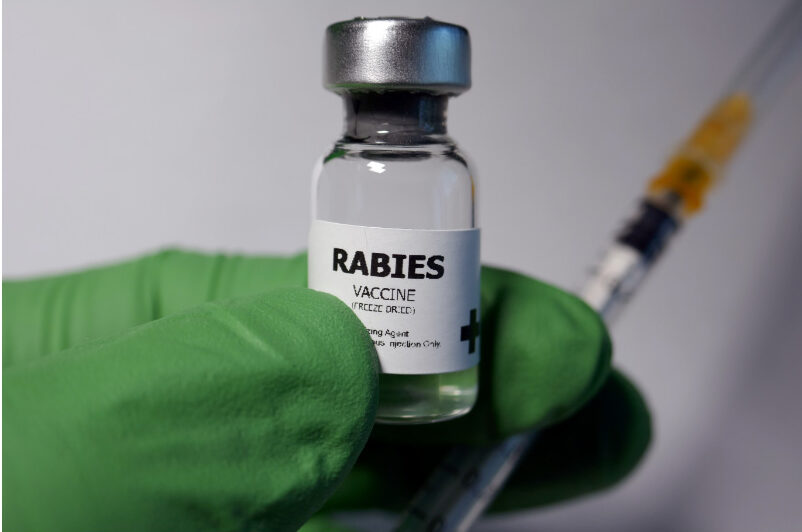When is Peak Flea and Tick Season for Dogs?

Key Takeaways
- Flea and tick activity varies by location and climate, so understanding peak seasons helps ensure the right prevention strategy for your dog.
- Excessive scratching, hair loss, and skin irritation are early signs of flea and tick infestation.
- From oral medications to natural treatments, work with your veterinarian to create a customized prevention plan that fits your dog’s needs.
When temperatures reach 75 to 85 degrees, flea and tick season is in full swing. These pests thrive in warm, humid conditions, but their activity varies based on where you live. In states like California and Texas, fleas and ticks remain a year round concern, while northern regions experience seasonal surges during warmer months.
At PetHealthMD, we are here to help you develop the best flea and tick prevention plan for your dog. In this guide, we will explain how flea and tick seasons vary across the country and discuss ways to protect your dog throughout the year.
If you notice signs of fleas or ticks on your dog, visit your veterinarian as soon as possible. Early intervention helps prevent discomfort and reduces the risk of more serious health issues.
Flea and Tick Season by Region
Flea and tick activity varies widely across the United States, and your region plays a major role in your dog’s risk level. While some states deal with these pests year round, others see peak seasons influenced by temperature and humidity.
Here is when peak flea and tick season occurs in each state:
| Peak Flea and Tick Season | States |
| January to December (Year Round) | Florida, Georgia, Louisiana, Alabama, Mississippi, South Carolina, Texas |
| October to April | Arizona, Nevada, New Mexico, Southern California, West Texas |
| April to October | Minnesota, Maine, Montana, North Dakota, South Dakota, Wisconsin, Michigan, Vermont, New Hampshire |
| March to November | New York, New Jersey, Pennsylvania, Connecticut, Massachusetts, Rhode Island, Delaware, Maryland, Virginia, Oregon, Washington |
| March to October | Illinois, Indiana, Ohio, Iowa, Missouri, Nebraska, Kansas, Kentucky, Tennessee, Arkansas, Oklahoma, Colorado, Utah |
As winters become milder, fleas and ticks remain active for longer periods. Even in colder climates, fleas can survive indoors and ticks remain active whenever temperatures rise above freezing. No matter where you live, proactive flea and tick prevention keeps your dog safe and comfortable.
For trusted options, explore the Flea and Tick category at 1800PetMeds.
Common Types of Dog Fleas in the United States
While the cat flea is the most common flea species affecting dogs, other species appear in certain environments. The most notable ones include:
Cat Flea
The most common flea found on both dogs and cats. These pests thrive in warm, humid environments, reproduce rapidly, and can transmit tapeworms and bacterial infections.
Dog Flea
Less common than the cat flea and more prevalent in Europe, but occasionally seen in rural areas of the United States. It behaves similarly to the cat flea.
Ground Squirrel Flea
Found in the Western United States. These fleas primarily infest rodents and can carry plague bacteria, posing risks to both pets and humans.
Common Types of Dog Ticks in the United States
Several tick species pose health risks to dogs, each carrying the potential to transmit disease. The most common include:
American Dog Tick
Found in grassy areas across the eastern, central, and western United States. This tick can transmit Rocky Mountain spotted fever.
Deer Tick (Black Legged Tick)
Common in the Northeast, Midwest, and parts of the South. It is the primary carrier of Lyme disease and can also spread anaplasmosis.
Brown Dog Tick
This species thrives indoors and can infest homes and kennels. It is found nationwide and can transmit Ehrlichiosis and Babesiosis.
Lone Star Tick
Most common in the Southeast and South Central United States. It can cause red, itchy bite reactions and transmit Ehrlichiosis and STARI.
Because fleas and ticks can carry serious diseases, regular prevention and early detection are essential.
How to Spot Flea and Tick Infestation in Dogs
Knowing the signs of infestation allows you to act quickly to protect your dog.
Physical Signs
- Red, irritated skin or thinning fur, especially around the tail, belly, or ears
- Flea dirt or live fleas
- Ticks attached in warm, hidden areas such as the ears, armpits, or between toes
Behavioral Signs
- Excessive scratching, licking, or biting
- Irritability or lethargy, which may indicate tick borne illness
Check your dog’s bedding and resting areas regularly. Fleas lay eggs in these spots, which can lead to reinfestation.
Effective Tick Prevention Throughout the Year
Keeping your dog healthy and comfortable is important in every season. While tick activity varies by region, these parasites can stay active all year long. The best protection involves a combination of vet approved prevention and smart environmental management.
Your veterinarian can help you create a personalized flea and tick prevention plan for your dog’s needs.
From topical treatments to oral medications, you can find reliable options in the Flea and Tick category at 1800PetMeds.
For safe, effective protection year round, visit 1800PetMeds, your trusted source for vet recommended flea and tick preventatives.





